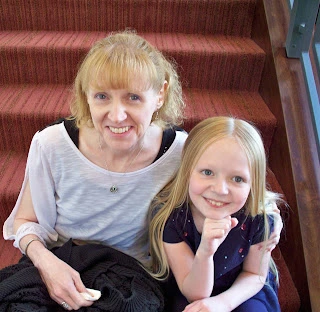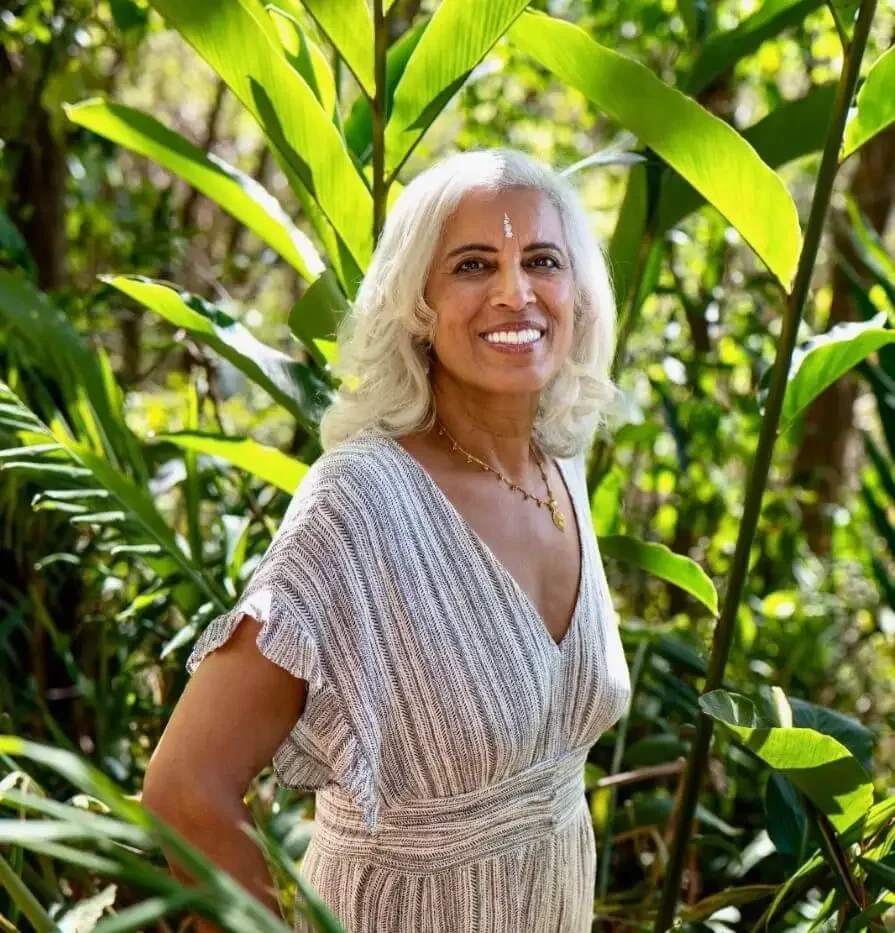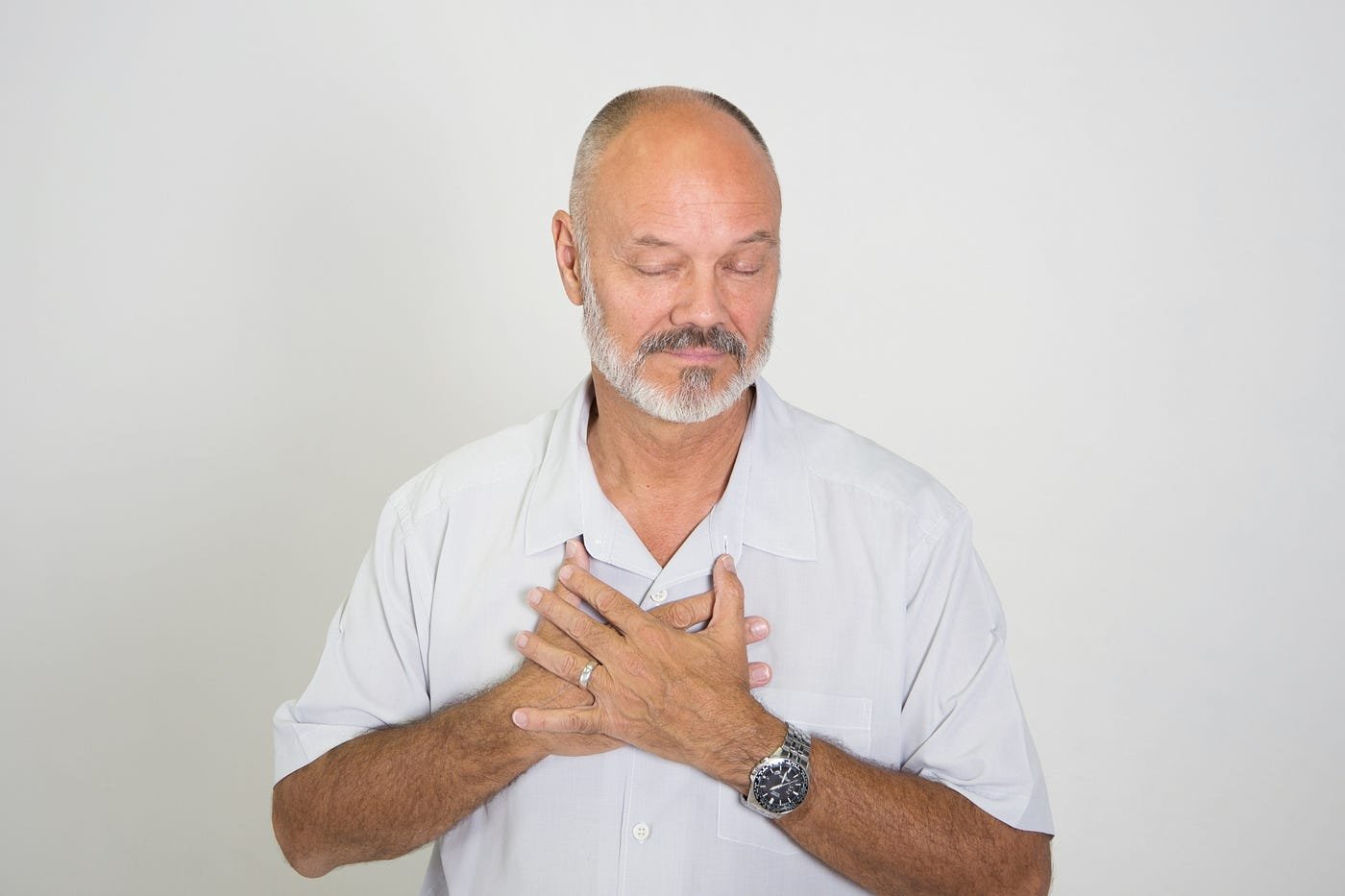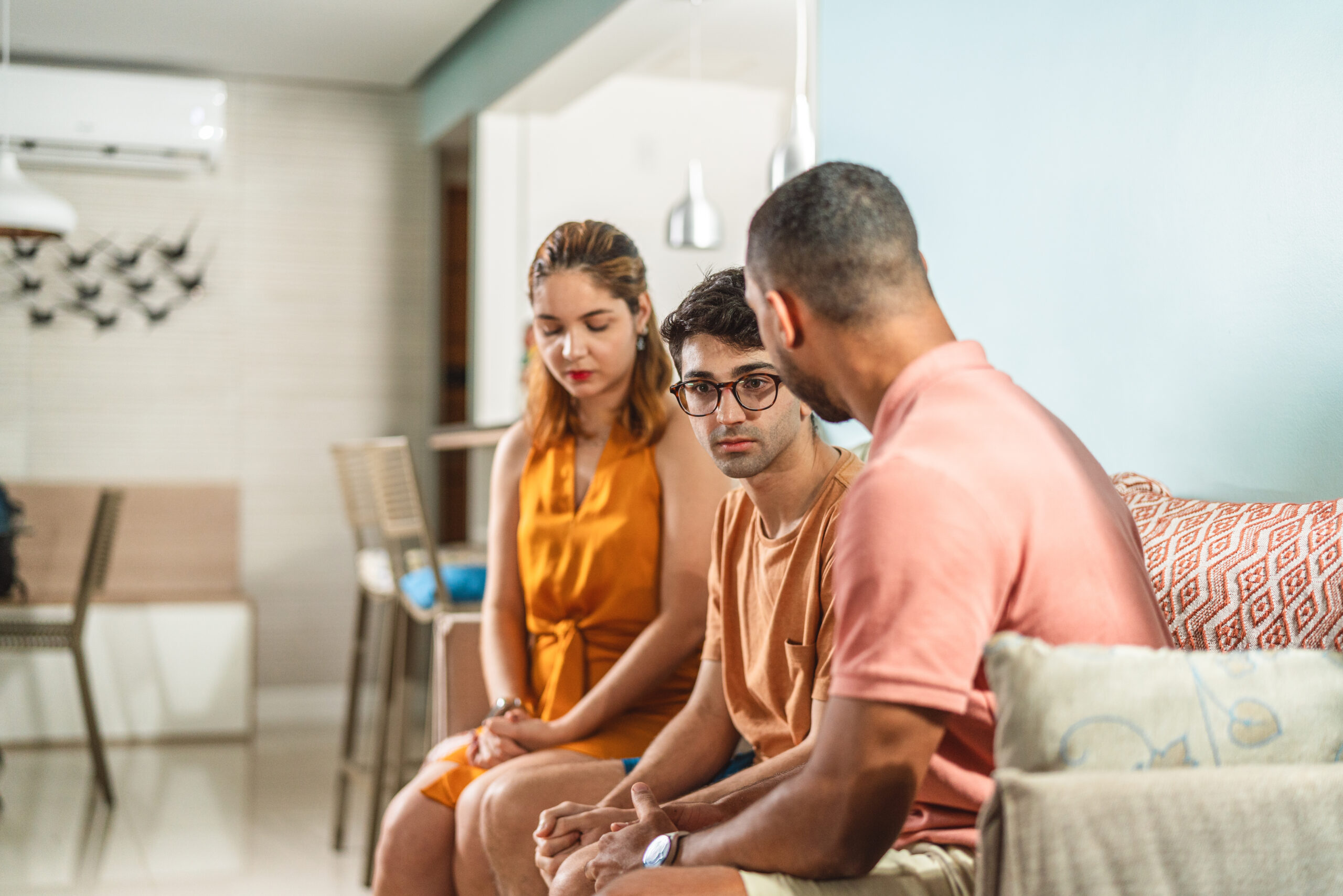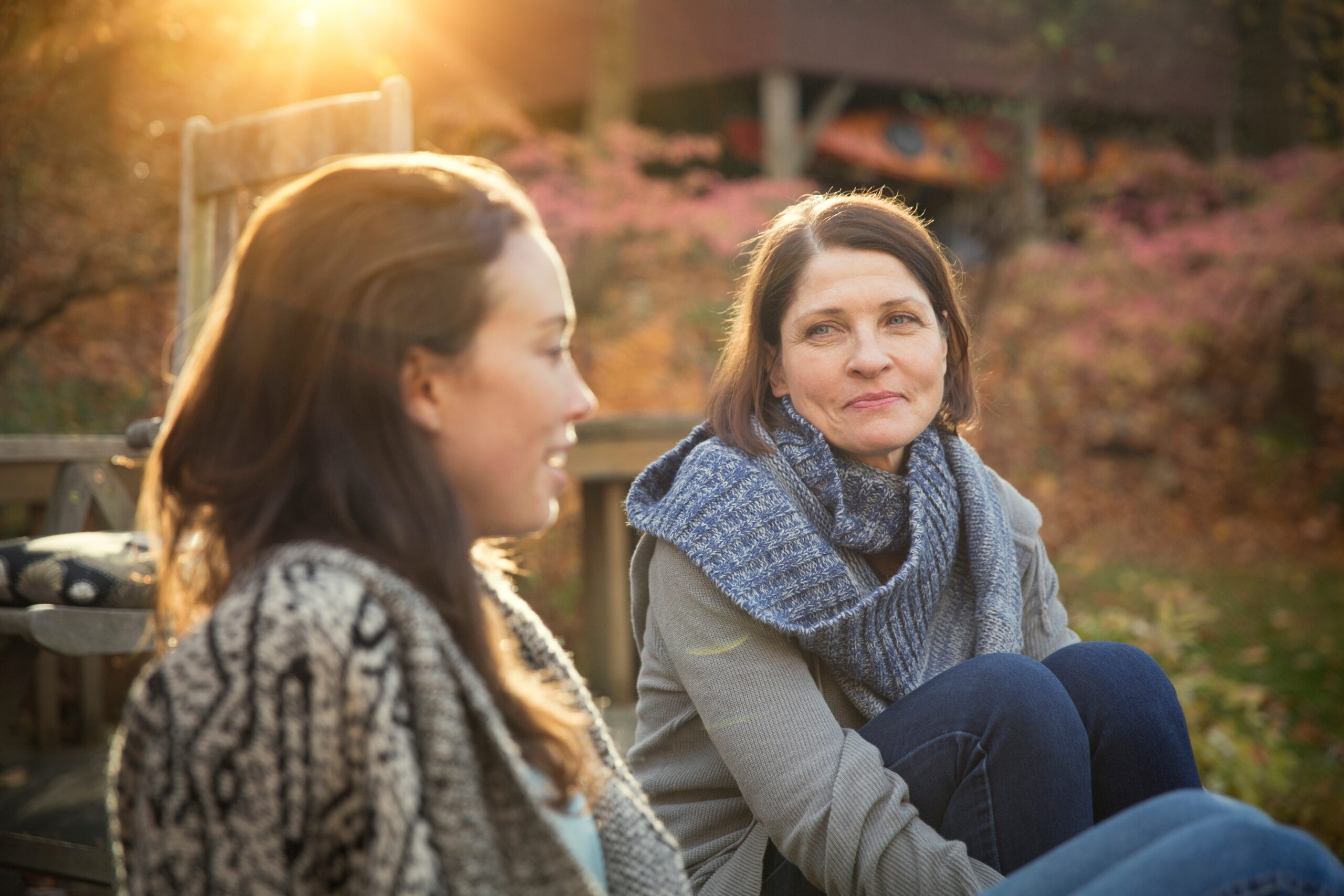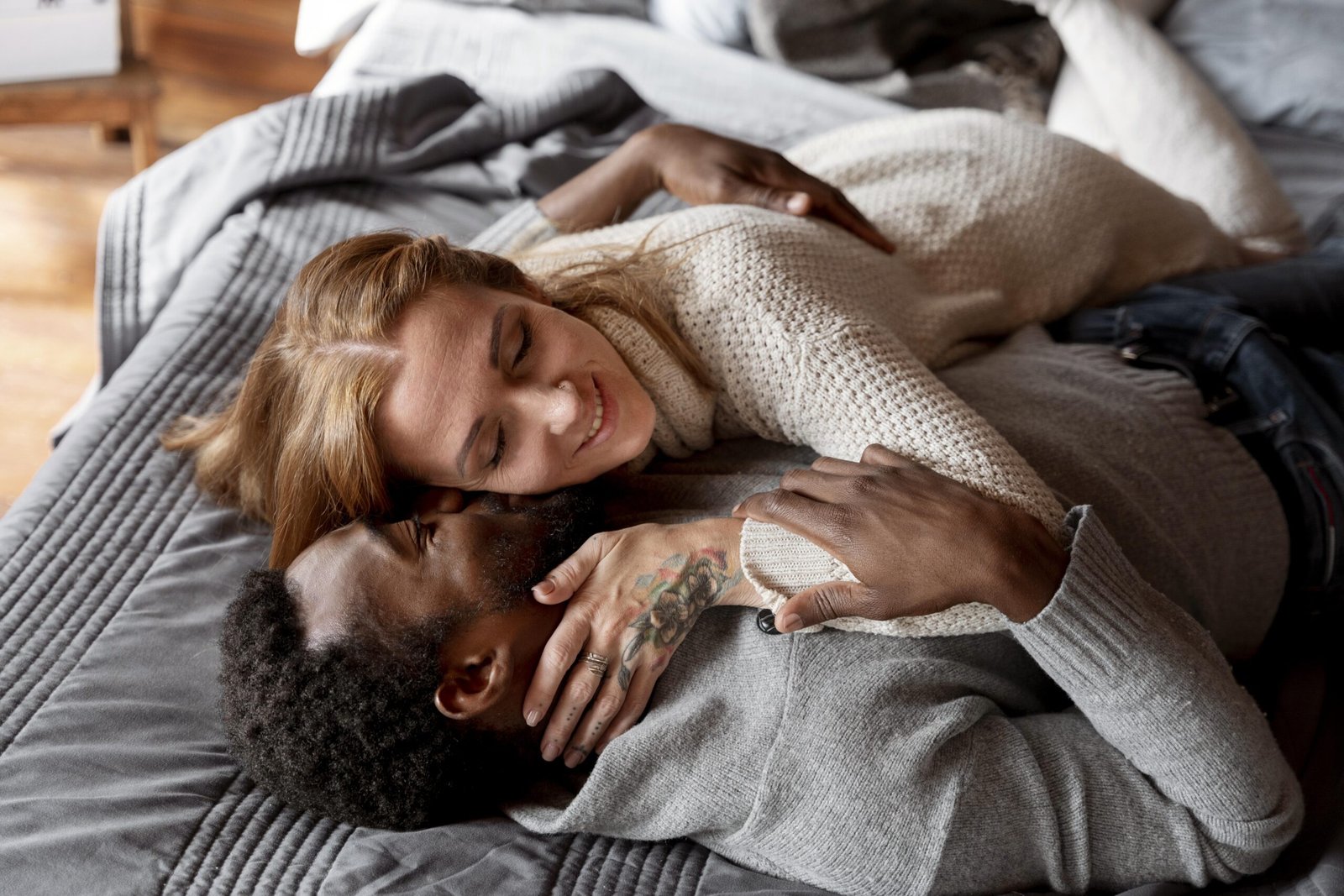Why I Gave in to the Longevity Retreat Trend—and What It Taught Me About Aging Well
I used to roll my eyes when I heard about “longevity retreats.” I imagined juice fasts, impossible price tags, and influencers meditating on mountaintops. It all felt distant and… curated—for
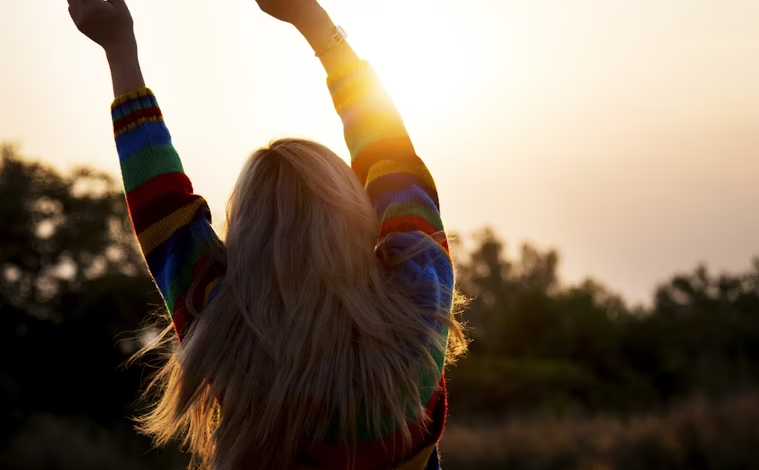
I used to roll my eyes when I heard about “longevity retreats.” I imagined juice fasts, impossible price tags, and influencers meditating on mountaintops. It all felt distant and… curated—for a version of wellness I couldn’t relate to.
But then something shifted.
A friend (one of my most grounded, no-nonsense friends, I should add) came back from a weeklong retreat in Costa Rica glowing—not just in that spa-refreshed way, but in a deeper, almost cellular kind of way. She didn’t look younger. She looked better. Energized. Lighter. Clearer.
And for the first time, I stopped judging and started wondering:
What if there’s more to this trend than marketing? What if there’s something real here?
The Rise of the Longevity Retreat
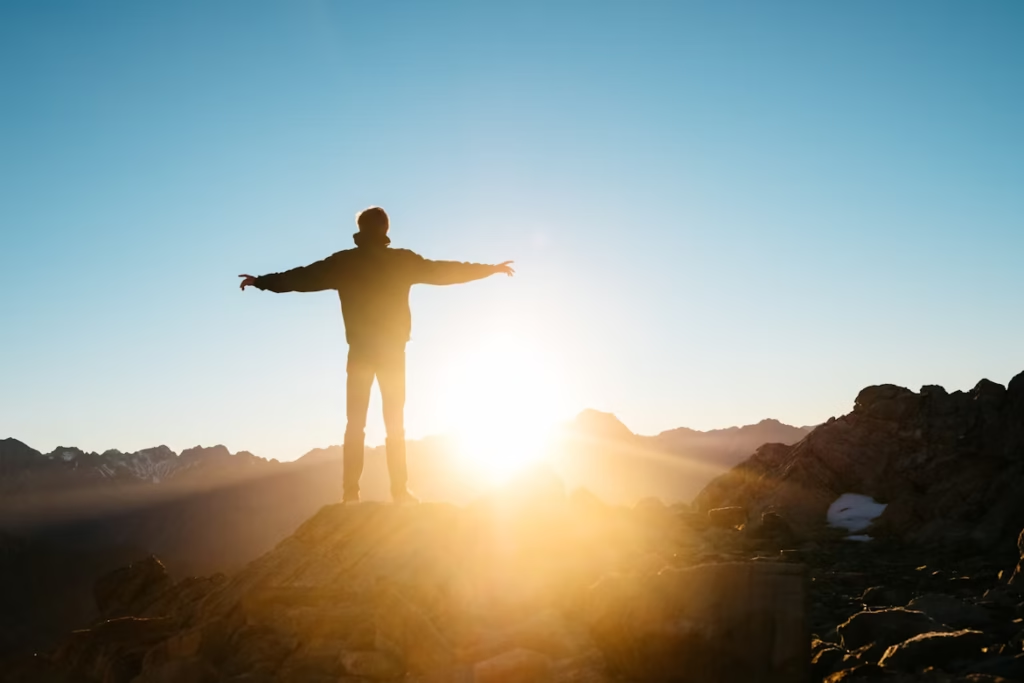
Modern Longevity has become one of the most powerful buzzwords in wellness—but it’s more than hype. Around the world, health-conscious travelers are swapping traditional vacations for science-backed, biohacking-inspired retreats that promise to optimize the way we age. These experiences often include:
- Cellular-level testing (think biological age markers, epigenetic scans, and inflammation panels)
- Personalized nutrition and fasting protocols
- Fitness programs designed to build strength and preserve muscle mass
- Guided breathwork, meditation, and stress reduction
- IV therapy, cryotherapy, and other regenerative treatments
- Longevity coaching that integrates science and lifestyle
What I learned is this: These retreats are not about looking 25 again. They’re about aging with power, purpose, and preservation.
Why I Finally Went
Full transparency—I didn’t book a luxury biohacking bootcamp in Switzerland. I started small. I chose a 4-day retreat in Sedona focused on longevity, mindfulness, and metabolic health. It was approachable, practical, and surprisingly rooted in science.
We began with biomarker assessments (I learned my inflammation markers were higher than I thought), practiced time-restricted eating, and followed a simple protocol combining movement, plant-forward meals, guided breathwork, and evening lectures on healthy aging.
No one promised immortality. No one tried to sell me snake oil.
Instead, the message was: You can influence how you age—starting now.
What I Learned (That You Can Do Without a Retreat)
I’m not here to sell you on a plane ticket. Most people can’t drop everything and fly across the world for a week of wellness. But I am here to tell you: the principles behind longevity retreats are accessible—and powerful.
Here’s what I took home with me:
- Aging is malleable. Your biological age (how your cells behave) can be influenced by daily habits.
- Muscle is medicine. Resistance training and mobility work are crucial for maintaining strength and preventing age-related decline.
- Stress isn’t a badge of honor. Chronic stress accelerates aging. Learning to manage cortisol—through breathwork, boundaries, or better sleep—isn’t optional; it’s essential.
- Community matters. One of the most healing parts of the retreat? Connecting with others who also wanted to age intentionally.
- You don’t need to do everything. You just need to do something—consistently.
Why This Movement Isn’t Going Anywhere
At Ravoke, we believe in aging forward, not backwards. The booming interest in longevity retreats reflects a bigger shift happening across generations. We’re not just trying to live longer—we’re trying to live better.
And while the word “retreat” might sound indulgent, the reality is more grounded: people are looking for time, space, and support to care for themselves in ways they never learned growing up.
We’re rewriting the script on what aging looks and feels like. And honestly? That’s long overdue.
Some Thoughts to takeaway
I used to think “human longevity” was about expensive supplements or Silicon Valley anti-aging hacks. Now I know it’s about something simpler: how you live each day—and how willing you are to invest in the life you still have ahead of you.
So no, I didn’t come back from Sedona looking like a different person. But I came back feeling like one. And for me, that’s what longevity is really about:
Not adding more years to your life, but adding more life to your years.
With clarity and curiosity
By Barbra Tyson for Ravoke.com


